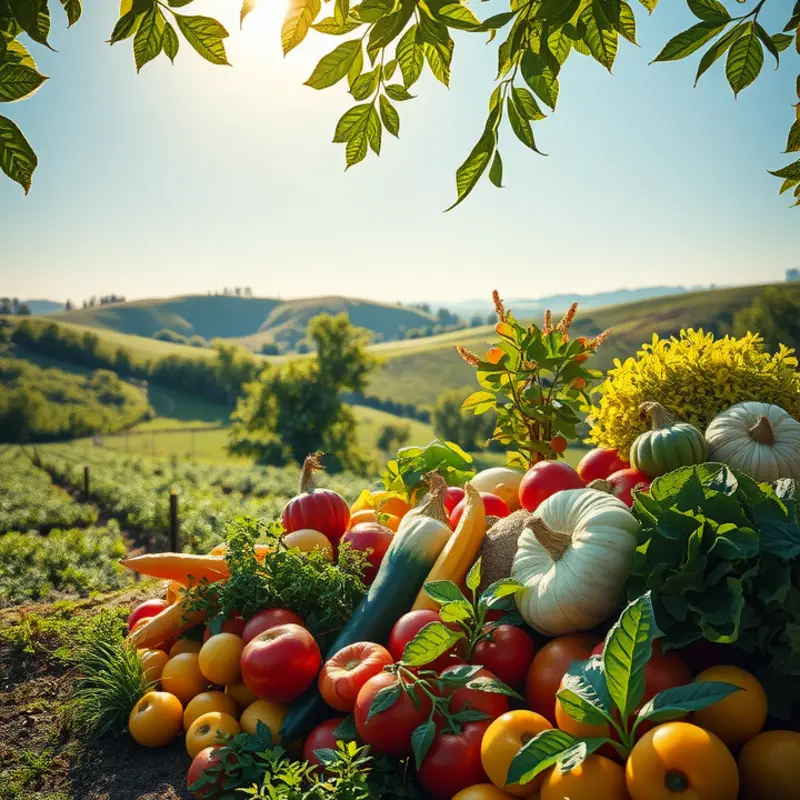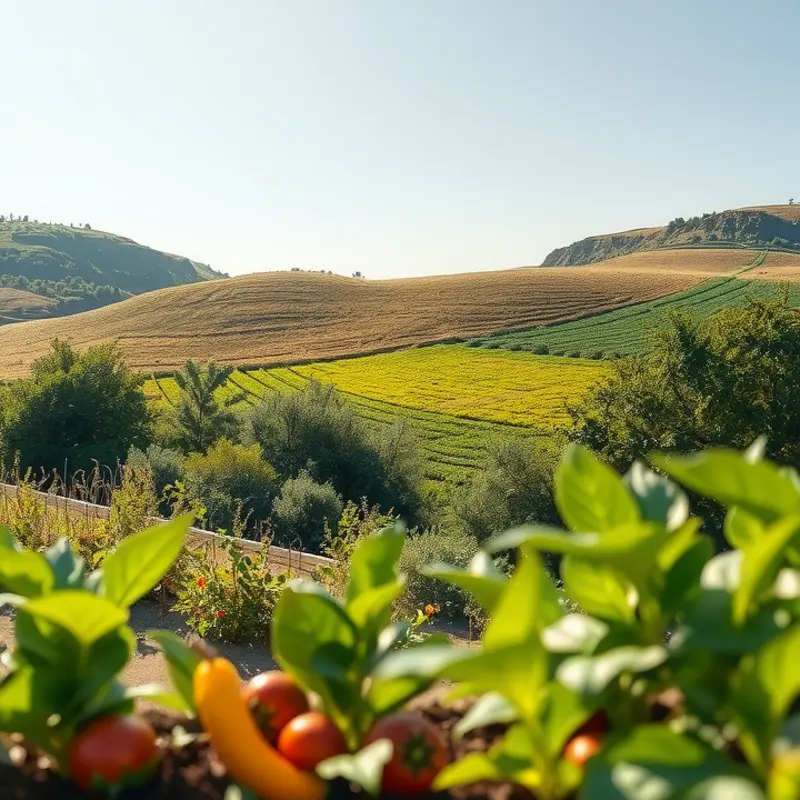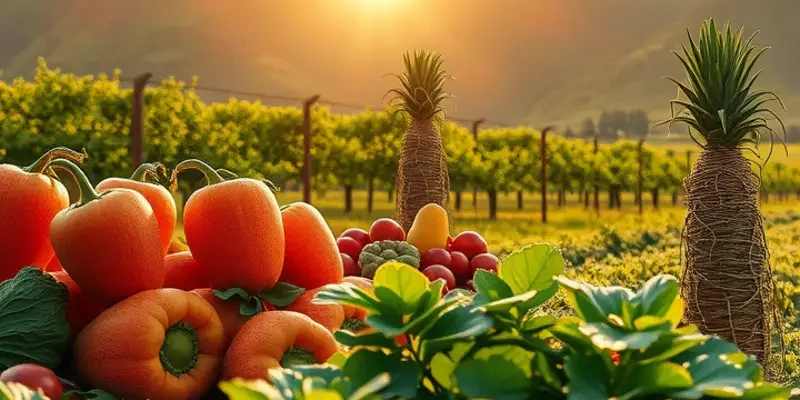Glazing adds shine, flavor, and a touch of elegance to your dishes, transforming everyday meals into culinary delights. Whether you’re drizzling glaze over roasted vegetables or enhancing the presentation of dessert, mastering glazing techniques can elevate your cooking repertoire. This guide will walk you through straightforward glazing methods, offering practical tips that home cooks of all levels can easily incorporate into their cooking. Get ready to impress at your next dinner with simple yet stunning glazing techniques!
Liquid Gold: Understanding and Creating Basic Glazes

Transforming ordinary dishes into extraordinary ones can often be as simple as adding a well-crafted glaze. Food glazes, often called liquid gold due to their lustrous finish, can elevate your flavors to a whole new level. Understanding the essentials of glazes will enable any home cook to let their creativity shine.
Creating a glaze involves just a few simple ingredients, yet the process can impact the dish significantly. Let’s start with stovetop glazes. These are among the most versatile, allowing you to reduce liquids like broth, juice, or wine, through simmering until they reach the desired consistency. The key is to maintain a low heat, allowing the liquid to thicken without burning, while constantly stirring to prevent sticking.
Savory dishes benefit immensely from glazes like balsamic reduction, made by slowly reducing balsamic vinegar. This dense, syrupy result complements roasted vegetables or proteins. A sweet twist can be added by incorporating honey or brown sugar to balance the acidity.
Switching gears to marinades, these are often confused with glazes but serve a different purpose. While glazes are applied during or after cooking, marinades are used as a preparatory step, infusing flavors deeper into the food. Marinades typically combine acid (like lemon juice), oil, and seasonings. After soaking, the same liquid can be adapted into a glaze by reheating and reducing it to a thicker consistency.
Reductions, particularly those involving stock or wine, are foundational for rich, savory glazes. Begin by choosing a robust broth or stock; let it simmer and reduce slowly to a third of its original volume. The flavors concentrate, resulting in an intense taste and syrupy glaze. A tip for success when glazing: taste as you go and adjust seasoning towards the end to avoid under- or overpowering your dish.
Choosing the right glaze for your dish is an art. For a sweet finish, a simple fruit reduction—perhaps using berries or citrus—can add a zesty, delicious layer to desserts or even pork and chicken. Alternatively, a spicy glaze made from soy sauce, ginger, and garlic would elevate grilled meats and stir-fry dishes.
Finally, ensure you store any leftover glazes properly to prevent waste 1. With a foundation of these basic techniques, you open the door to a world of culinary possibilities. Feel free to experiment by introducing new ingredients such as herbs and spices to create a signature glaze that transforms your meals.
Finishing Touch: Techniques and Tips for Applying Glazes

When it comes to glazing, timing is everything. Apply glazes at the right moment in the cooking process to ensure they blend seamlessly with your dish. For example, meats are best glazed in the final stages of cooking, allowing the sugars to caramelize without burning. Vegetables, on the other hand, benefit from a glaze after they’ve been roasted to emphasize their sweetness and enhance their natural flavors.
Choosing the right tool for glazing is also crucial. Brushes offer precision, allowing for even application across the surface of your food. A soft-bristled pastry brush is ideal for applying glazes to delicate foods like pastries and desserts, while a sturdier barbecue brush can handle meats. When covering larger areas quickly, using a spoon can be more effective, distributing the glaze evenly over the surface with minimal effort.
If you’re dealing with fragile ingredients or aiming for a more airy, light touch, consider using a spray bottle filled with your glaze. It distributes a fine mist, ensuring even coverage without causing damage or disruption to delicate components. This method is particularly effective for dishes where preserving the texture is key, such as on pastries or layered desserts.
Beyond tools and timing, layering flavors through glazing can elevate your culinary creations. Understanding the balance of sweet, sour, salty, and umami flavors ensures your glaze complements rather than overpowers. Consider using citrus or vinegar in a predominantly sweet glaze to add complexity, or infuse herbs and spices for depth.
Glazing vegetables can bring out their natural sweetness while adding a beautiful sheen. A simple honey soy glaze can transform roasted carrots or Brussels sprouts into a centerpiece dish. For meats, the technique of glazing allows for a succulent, glossy finish that locks in juices. A balsamic reduction or a mustard-based glaze can create a delectable crust on roasts and emphasize their savory elements.
Desserts, perhaps, are where glazing truly shines. The art of applying glazes to desserts goes beyond flavor; it’s an aesthetic endeavor as well. A thin layer of fruit glaze on tarts or a chocolate ganache on cakes adds beauty and enhances taste without overshadowing the main flavors.
Enhancing your dishes with glazes doesn’t have to be complex. By employing these techniques, home cooks can bring professional touches to their meals. To explore more about enhancing your dishes with minimal ingredients, check our guide on sauce simmering tips. Remember, the goal is to highlight and enhance—not overshadow the essence of your dish. Embrace experimentation, and over time, you’ll master the subtle art of glazing.
Final words
Food glazing is an accessible skill that can dramatically enhance the visual appeal and flavor of your dishes. By understanding the fundamentals of creating various glazes and mastering the techniques for their application, you’re well on your way to elevating any meal. Experiment with different flavored glazes, be it sweet for desserts or savory for mains, and watch how your culinary creations captivate the senses of everyone at your table. Dive in, practice, and don’t hesitate to let your creativity guide you—you’ll be a glazing pro in no time!







